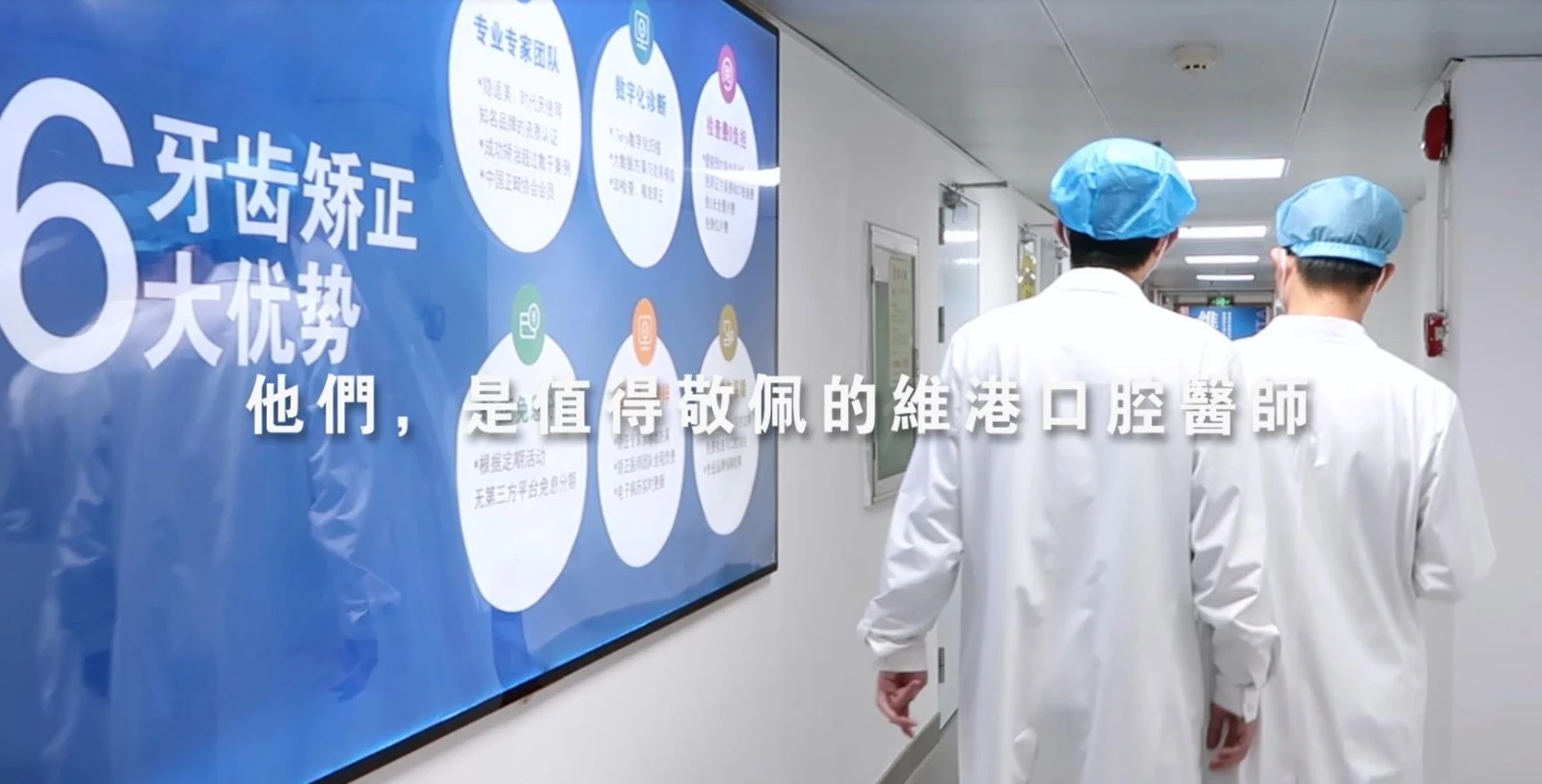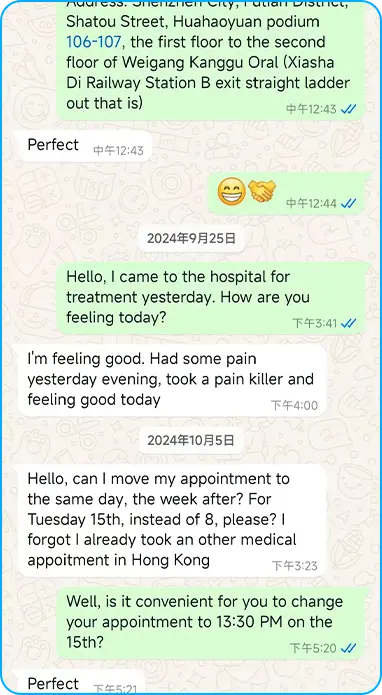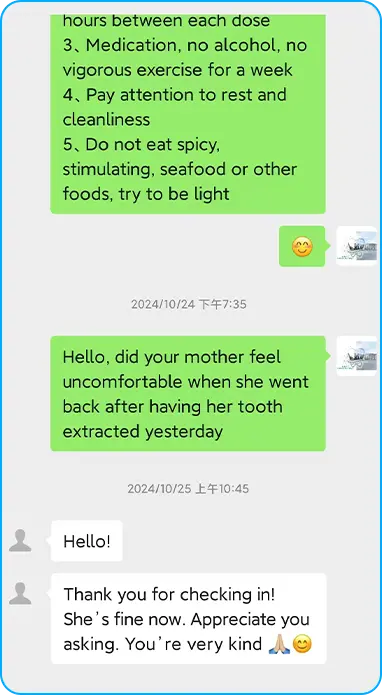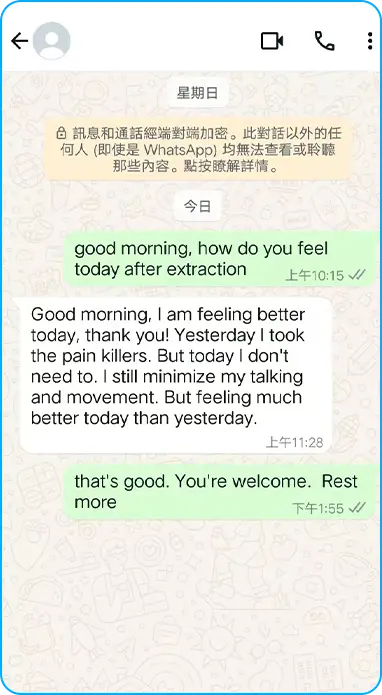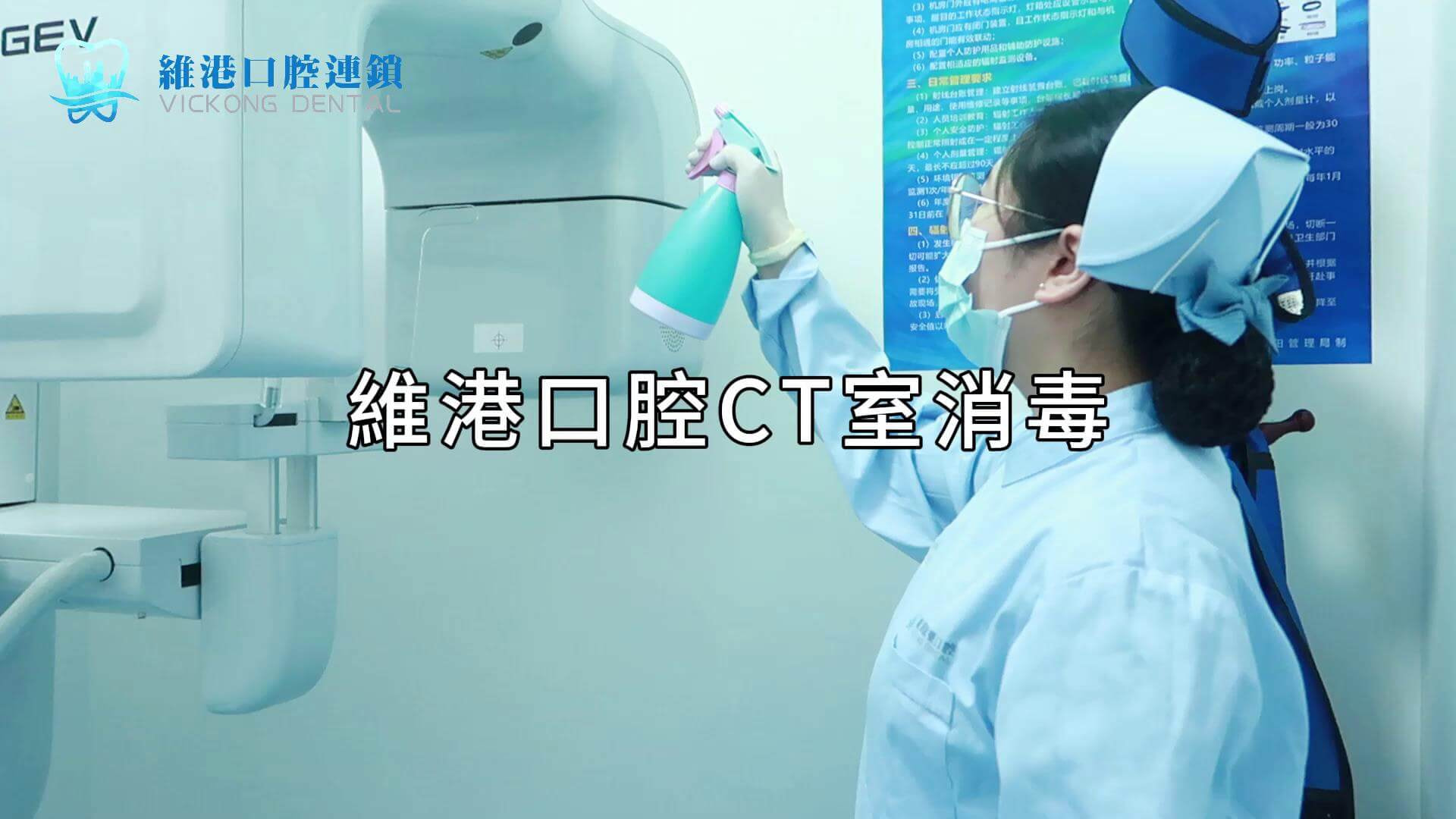Below, we will introduce you to these ten animated GIFs. Please kindly forward them to the patient! The content regarding "Too Hard!" will take you approximately two to three minutes to browse. Thank you for reading.
Orthodontic treatment requires a certain amount of time, and during this seemingly lengthy process, there are many things that parents need to pay attention to.

Note: During child orthodontic treatment, it is necessary to brush teeth after every meal and use interdental brushes.
Protruding teeth, anterior teeth protrusion, and certain teeth rotation. After a professional assessment, extraction of one tooth on each side of the upper and lower jaws, followed by orthodontic treatment, resulted in the transformation shown here.
2
3
Crowded teeth, certain teeth in abnormal positions, and narrow dental arch result in localized tooth overlap. After extracting one tooth on each side and undergoing orthodontic treatment, the result can be as follows:
4
Crowded dentition, lack of anterior teeth occlusion, asymmetrical midline of upper and lower teeth, narrow dental arch, and ectopic eruption of the upper canines. After professional assessment without any tooth extractions, the result of orthodontic treatment is as follows:
5
6
7
Sparse dentition, with certain teeth congenitally missing, resulting in a sparsely aligned dentition with scattered gaps, affecting aesthetics and occlusion. After orthodontic treatment, the result of the teeth is as follows:
8
Anterior crossbite, commonly known as "underbite," refers to a condition where the lower teeth overlap the upper teeth when biting, whereas in normal circumstances, the upper teeth should overlap the lower teeth. After orthodontic treatment, the result of the teeth can be as follows:
9
Sparse dentition, with certain teeth in crossbite, can lead to tooth damage or excessive enamel wear due to edge-to-edge occlusion. After orthodontic treatment, the result of the teeth can be as follows:
10
Deep overbite, where the lower front teeth bite into the inner gum tissue of the upper teeth during occlusion, leading to potential damage to the teeth and gum tissue. It results in poor occlusal function. After orthodontic treatment, the result of the teeth can be as follows:
After watching the above animations, don't you find them quite intuitive? For those who are considering orthodontic treatment, does it bring some reassurance? Of course, since each individual's specific situation may vary, it is still important to follow the advice of a professional dentist!
In everyday life, many individuals who value their appearance choose to undergo orthodontic treatment when their teeth are misaligned and aesthetically displeasing. But do you know what the process of teeth straightening entails? Let's take a look below.
Taking X-rays and making molds.
Firstly, it is necessary to take radiographs of the head and dental bones in order to visualize the developmental direction of the teeth and facilitate the formulation of an appropriate orthodontic plan. This will also be helpful for future dental model preparations.
Tooth extraction.
The dentist will develop a customized treatment plan for each patient, which may involve tooth extractions performed in multiple stages. The specific number of extractions varies depending on individual circumstances. Some individuals may require the extraction of four teeth, while others with a higher number and denser distribution of wisdom teeth may need to have eight extracted. However, some patients may not require any tooth extractions and only tooth reshaping may be sufficient. Prior to orthodontic treatment, any existing cavities will be treated, and teeth with tartar buildup will be cleaned.
Upper dental braces
After completing the previous procedures, the patient can proceed to wearing braces. Initially, there may be some discomfort, such as soreness or irritation in the mouth. These are normal reactions, and they will subside once the adjustment period is over.
Follow-up appointment, adjustment, and finalization
Usually, follow-up appointments are scheduled once a month. The specific timing will be discussed with the doctor. During these appointments, adjustments are made to apply additional force to facilitate the movement of teeth. As a result, the first week after a follow-up appointment may cause some soreness, but it will improve over time. When closing gaps between teeth, the focus is on aligning the midline. Once the gaps are closed, the midline is adjusted accordingly.
Removing braces, wearing retainers.
For adults undergoing orthodontic treatment, it is important to maintain the results, so wearing retainers is necessary. Typically, retainers are initially worn 24 hours a day for the first six months, and then the wearing time can be gradually reduced.
What is the best age for orthodontic treatment?
Generally, it is best to undergo orthodontic treatment around the age of 10 to 15.
Typically, this period is considered optimal for orthodontic treatment as the facial structure is still developing. During this time, orthodontic intervention can take advantage of the growth potential, ensuring optimal teeth movement and modification of the jawbone. This leads to the best results with shorter treatment duration.
Orthodontic treatment is not limited by age. As long as the teeth are in good condition, the individual is physically healthy, and free from major illnesses, orthodontic treatment can be pursued.
However, it is not recommended for elderly individuals with certain conditions such as heart disease to undergo orthodontic treatment. At a certain age, tooth loss and other dental changes are considered normal.

